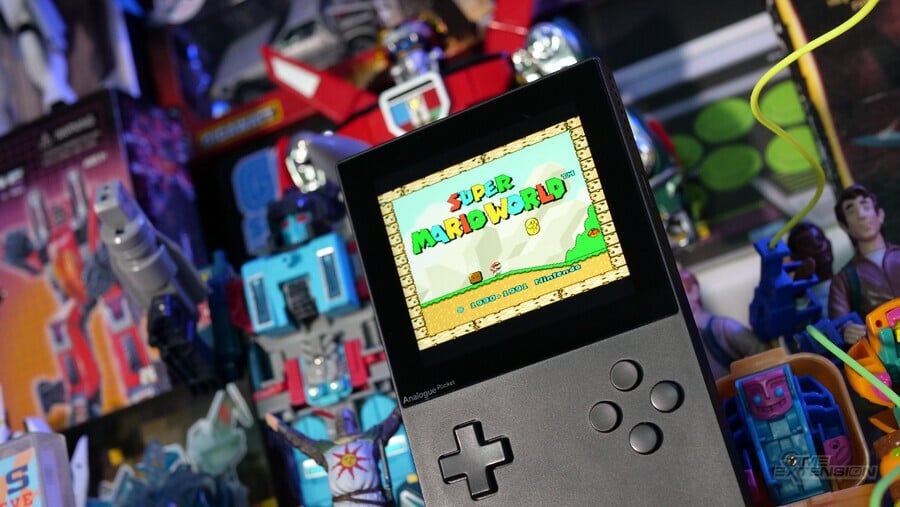
A new firmware update for the Analogue Pocket has just been released.
Analogue Pocket OS v1.1 beta 7 introduces a "reference level database to catalog your game collection" via the new 'Library' function.
Here's the full changelog:
OS
- Library added: A reference level database to catalog your game collection and the games you play
- Updated Library database
- Improved Save States organization
- Improved Screenshot thumbnail quality
- Removed Screenshot wait time
- Fixed Screenshot browser when displaying more than 128 files
- Fixed Screenshot time and date display
- Fixed a regression in file writes from beta 6
- Fixed a file browser crash when resuming into a nonexistent folder
- Default settings: "Resume Browser" and "Group openFPGA" now enabled by default after a Global Reset
- Added User Service Menu with various useful support tools
openFPGA
- Improved openFPGA platforms menu access time
- Fixed Core Settings menu breaking after a Screenshot is taken
- Added "Docked Display" to Developer menu
APF
- Assets chosen via the file browser can now be remembered and automatically re-loaded with a new Data Slot Parameter Bitmap setting
<instance>.jsonfiles can now select any of the 8 core bitstreams while loading, and the maximum memory writes were increased from 16 to 32- Fixed truncation bug in Target command [0184 Data slot write]
Dock
- Improved HDMI connection handling
- Improved EDID display mode detection
Analogue has also updated its openFPGA system:
Library
Library is a reference level database to catalog your game collection and the games you play. Every time you Play a game cartridge it will be automatically added to Library showing the date added and total game play time. For the best experience we suggest adding user generated game images onto your SD card.
Screenshots
openFPGA cores now automatically support the new Screenshot feature. Taking a Screenshot (Menu + Start) saves a PNG image to the SD card using the video mode resolution of the currently running core. Screenshots and game details can be viewed in Memories.
